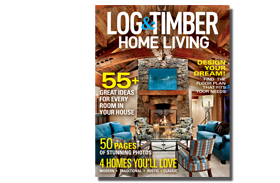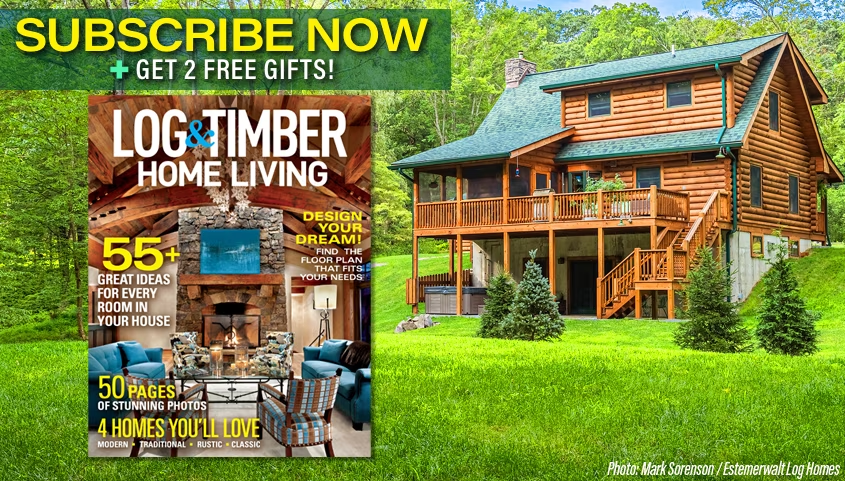
A cascading landscape behind this Japanese inspired house offered the opportunity to plant Japanese ferns, azaleas, heavenly bamboo and irises, along with stone pathways and circular wooden steppers.
“The location and dimension of the house led the way,” Susan notes. “It was almost as if the house dictated what was appropriate.” Such synchronicity was the norm from the moment the Bouviers decided to build. Ken, who owns South County Post & Beam in West Kingston, Rhode Island, first considered Far East-influenced architecture for his home after his company built a traditional post and beam Japanese tea house for a client. Ken and Susan had already purchased a 6-acre parcel situated on a knoll and brimming with mountain laurel shrubs. “After studying the architecture and considering the site, it just seemed like we should put the two together,” Ken recalls.
The couple used South County’s in-house team to design and construct their 2,900-square-foot 4-bedroom, 3-bathroom Japanese inspired timber home. They wanted the Japanese influence to be present in both the shape and overall layout of the structure, along with the relationship of the main roof and shed roofs to the wrap-around veranda. They had no trouble accomplishing their goals. “At the first design meeting, one of the designers did a doodle based on my ideas,” Ken says. “When the timber frame house was built, we went back to that sketch, and it looked really close to the finished product. It’s nice to see something like that happen. It means you’re onto something good.”
Undeniably, the thoughtful design details contribute to an overall feeling of openness, tranquility and lack of pretention in the finished timber frame house. The primary timber framing is Eastern white pine with a natural finish, chosen to enhance the Japanese-style architecture. “It’s fairly small for timber framing,” Ken explains. “We wanted it to be not only light in size but also in color.”

A door in the bright south-facing living room leads to a terrace, while the pine-trimmed windows overlook a bog. Split half-round cedar logs in the roof system bring depth to the room, which is a replica of a Japanese farmhouse.
Exotic woods like paduk and wenge make a strong statement in the master suite, while bamboo flooring pervades the main level. Other features that evoke Far East sentiments include sliding shoji screens; original art and antiques from Asian countries; an exterior railing that mimics a Chinese pattern; and the use of bamboo, Japanese ferns and stone pathways in the landscaping. The living room, which models a Japanese farmhouse, is a favorite of both Ken and Susan’s.
“It has nice proportions,” Ken says. “The vaulted ceiling is comfortable without the feeling that there’s too much space.” Adds Susan: “We have a beautiful perspective of the outside and can look far over the veranda, into the valley and back up to a stone Buddha. It’s an expansive view with no break in the vision.” For the Bouviers, all the features blend flawlessly to create a timber frame home that’s just as much a feeling as it is a dwelling—appropriate for an architectural style that emphasizes balance and serenity. “The timber frame house is more of an experience,” says Susan, who oversaw the home’s interior design. “Rather than coming across as big or bold, it subtly suggests peacefulness.”





